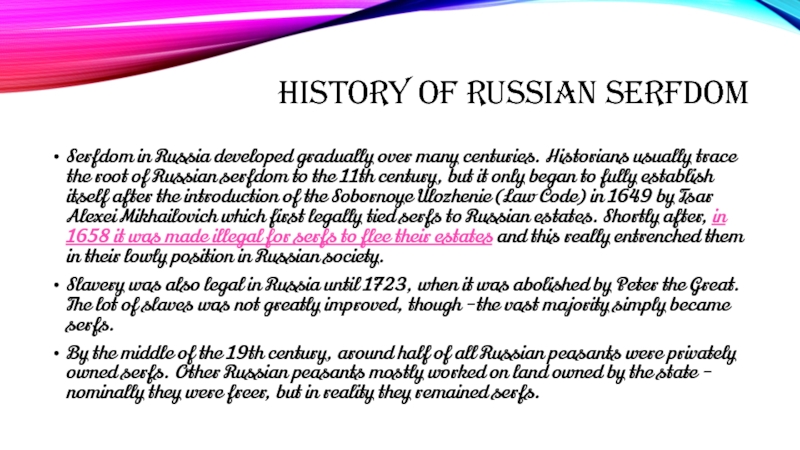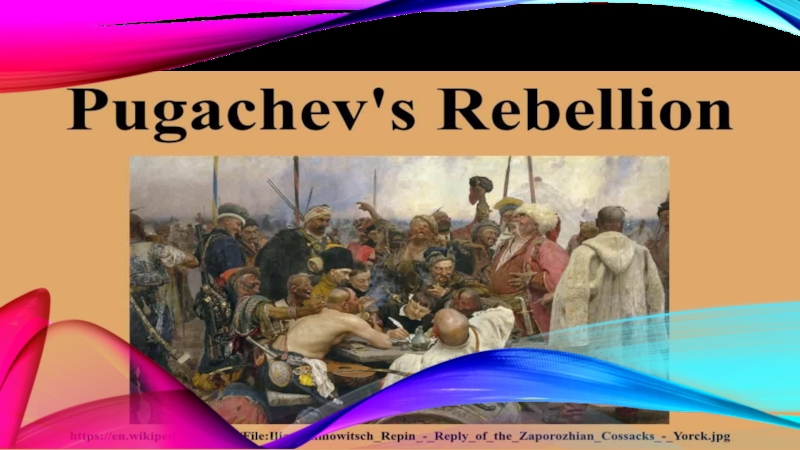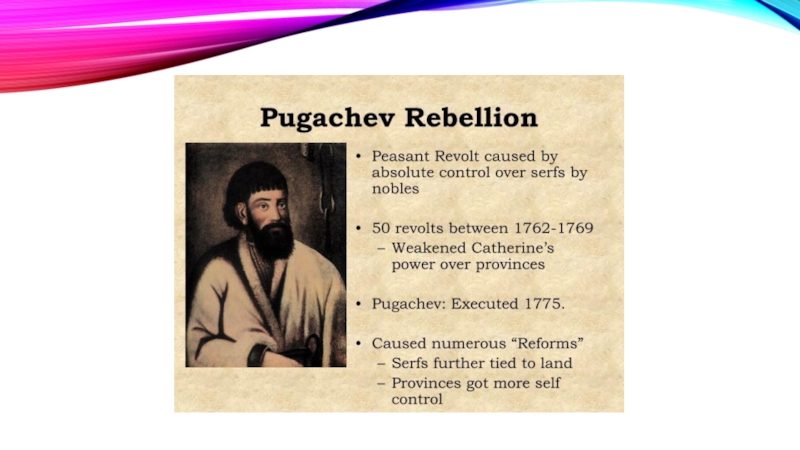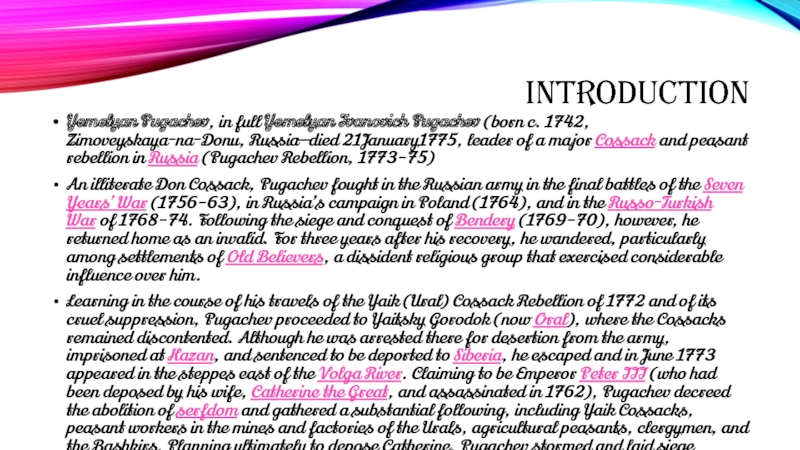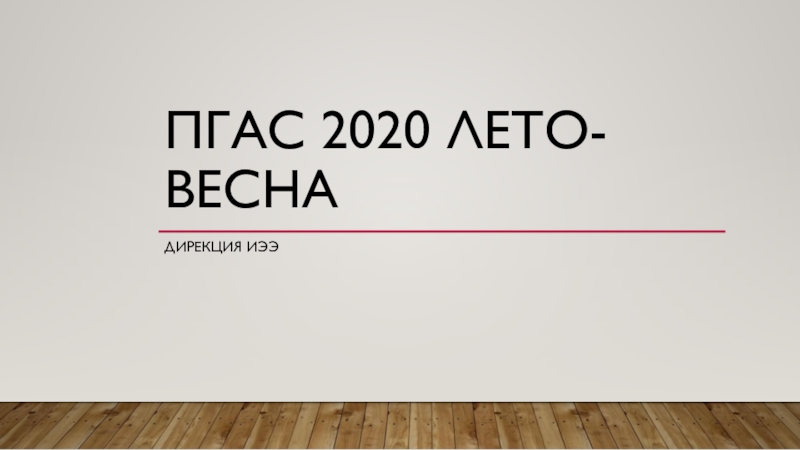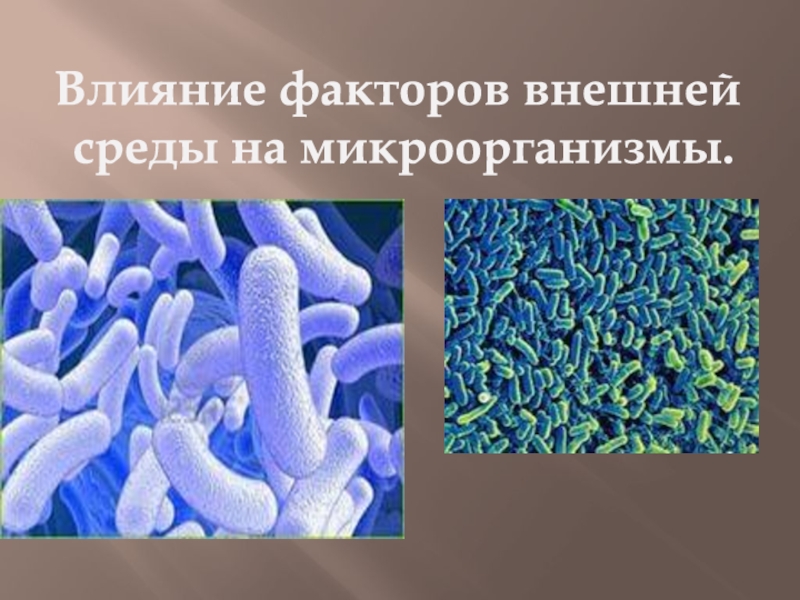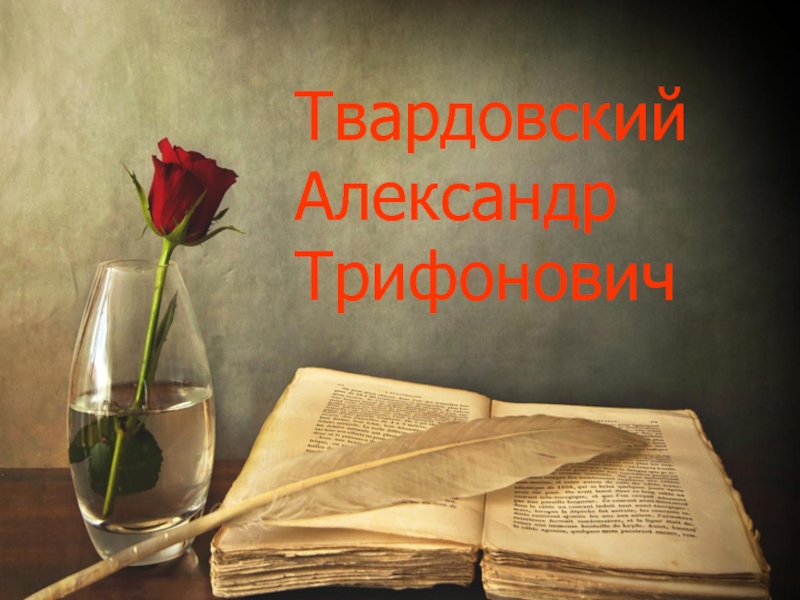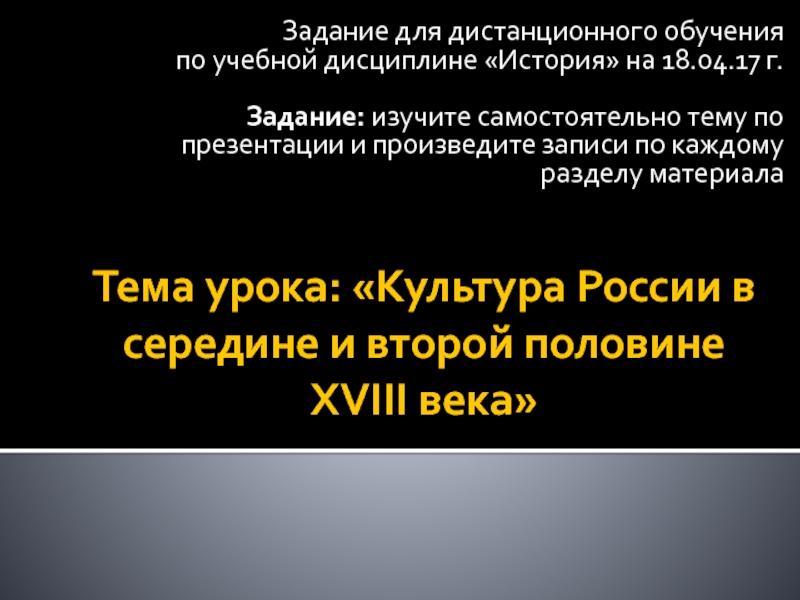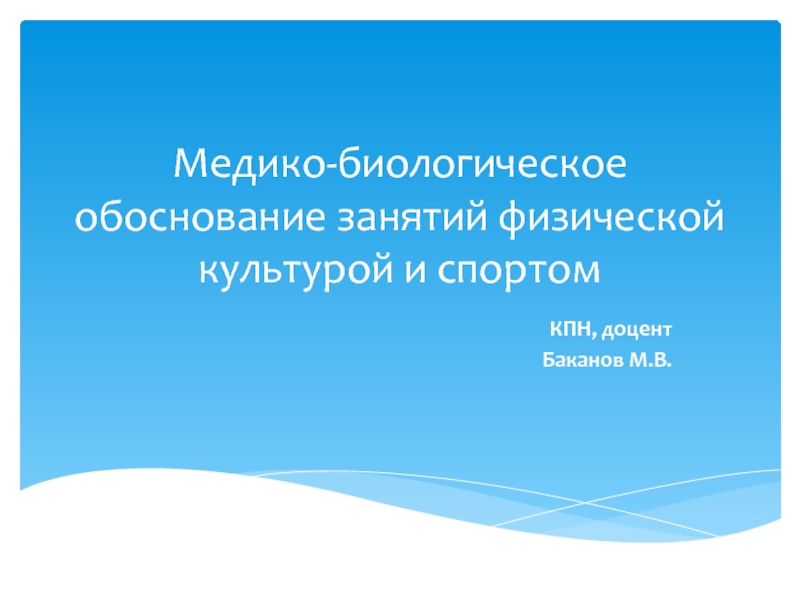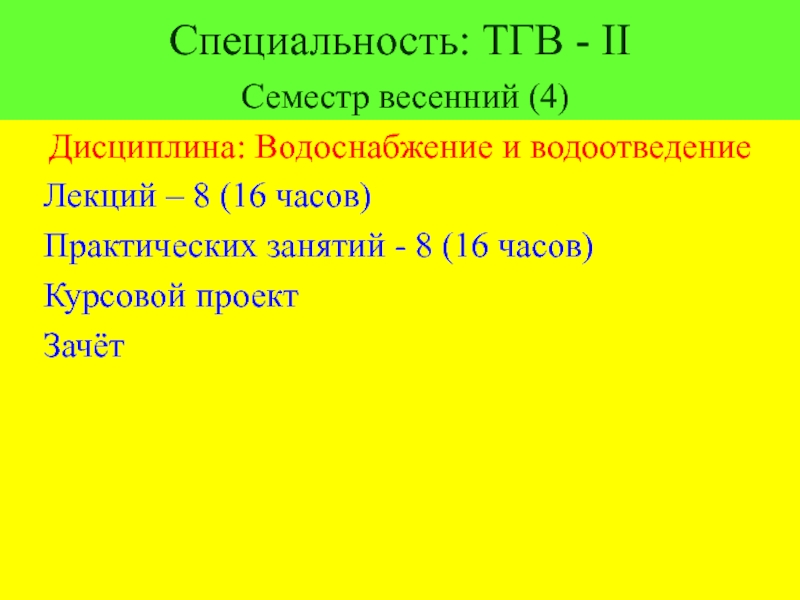Разделы презентаций
- Разное
- Английский язык
- Астрономия
- Алгебра
- Биология
- География
- Геометрия
- Детские презентации
- Информатика
- История
- Литература
- Математика
- Медицина
- Менеджмент
- Музыка
- МХК
- Немецкий язык
- ОБЖ
- Обществознание
- Окружающий мир
- Педагогика
- Русский язык
- Технология
- Физика
- Философия
- Химия
- Шаблоны, картинки для презентаций
- Экология
- Экономика
- Юриспруденция
Group -102 Sub group 3
Содержание
What is a serf?A serf is a peasant who lives under the political system of feudalism – they aren’t just unique to Russia but were found across Europe throughout the middle
Слайды и текст этой презентации
Слайд 3HISTORY OF RUSSIAN SERFDOM
Serfdom in Russia developed gradually over many
centuries. Historians usually trace the root of Russian serfdom to
the 11th century, but it only began to fully establish itself after the introduction of the Sobornoye Ulozhenie (Law Code) in 1649 by Tsar Alexei Mikhailovich which first legally tied serfs to Russian estates. Shortly after, in 1658 it was made illegal for serfs to flee their estates and this really entrenched them in their lowly position in Russian society.Slavery was also legal in Russia until 1723, when it was abolished by Peter the Great. The lot of slaves was not greatly improved, though –the vast majority simply became serfs.
By the middle of the 19th century, around half of all Russian peasants were privately owned serfs. Other Russian peasants mostly worked on land owned by the state – nominally they were freer, but in reality they remained serfs.
Слайд 7INTRODUCTION
Yemelyan Pugachev, in full Yemelyan Ivanovich Pugachev (born c. 1742, Zimoveyskaya-na-Donu, Russia—died 21January1775,
leader of a major Cossack and peasant rebellion in Russia (Pugachev Rebellion, 1773–75)
An illiterate
Don Cossack, Pugachev fought in the Russian army in the final battles of the Seven Years’ War (1756–63), in Russia’s campaign in Poland (1764), and in the Russo-Turkish War of 1768–74. Following the siege and conquest of Bendery (1769–70), however, he returned home as an invalid. For three years after his recovery, he wandered, particularly among settlements of Old Believers, a dissident religious group that exercised considerable influence over him.Learning in the course of his travels of the Yaik (Ural) Cossack Rebellion of 1772 and of its cruel suppression, Pugachev proceeded to Yaitsky Gorodok (now Oral), where the Cossacks remained discontented. Although he was arrested there for desertion from the army, imprisoned at Kazan, and sentenced to be deported to Siberia, he escaped and in June 1773 appeared in the steppes east of the Volga River. Claiming to be Emperor Peter III (who had been deposed by his wife, Catherine the Great, and assassinated in 1762), Pugachev decreed the abolition of serfdom and gathered a substantial following, including Yaik Cossacks, peasant workers in the mines and factories of the Urals, agricultural peasants, clergymen, and the Bashkirs. Planning ultimately to depose Catherine, Pugachev stormed and laid siege to Orenburg, an important commercial and industrial centre of the Ural region (fall 1773).


